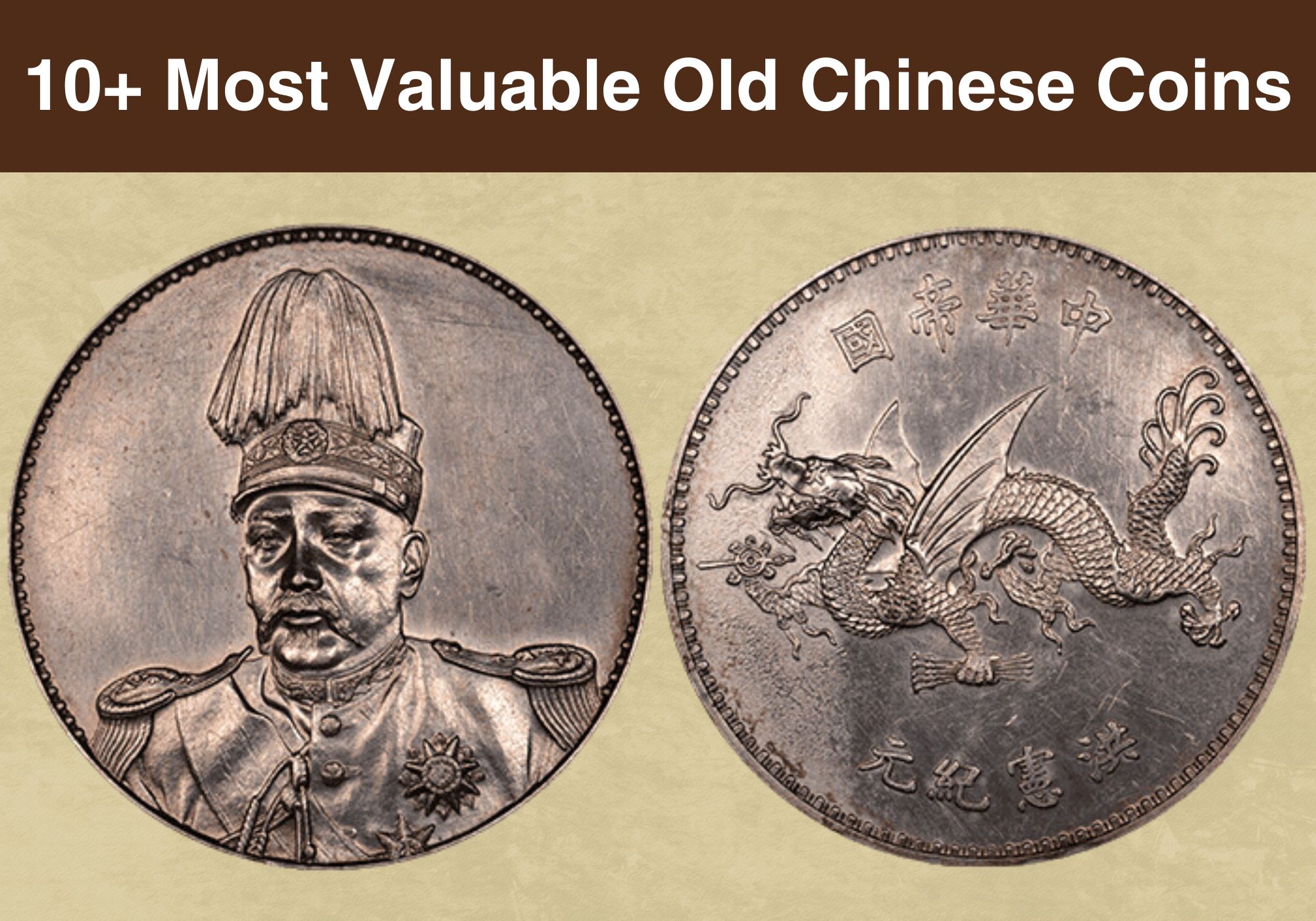
Are you interested in adding Chinese coins to your collection?
China is one of the oldest societies in the world, and its coinage history dates back to the 1770s. However, the most valuable old Chinese coins were struck in the 1900s and a few in the late 1880d.
Many of these old coins from China are worth hundreds of dollars. Whether selling or buying one, you stand to make a fortune if you know what to look for.
Like with other ancient coins, you want to pay attention to the condition and year when evaluating whether an old Chinese coin is worth money.
This article will offer all the insider details you need to know about the most valuable old Chinese coins.
So, let’s get started!
A Brief History of Chinese Coin
The Chinese currency has come a long way, dating back 4000 years. Cowrie shells were the earliest exchange form in pre-historic China, with P’eng being the basic unit of cowrie shell money. Ancient communities continued using cowrie shell money up until the 17th century.
At the start of 1200 BCE, the Shang Dynasty introduced bronze cowrie shell coins following a shortage of seashells. These bronze cowrie shells quickly became the predominant currency throughout the Zhou Dynasty.
After the violent Spring and Autumn period (770BCE-476BCE) and the Warring States era that lasted between 475 BCE and 221 BCE, the seven remaining kingdoms each began making their coins, which were of different shapes, including a knife, ring, nose, spades and banliang. The Zhou Dynasty, which was then the central government, produced its own shaped coin.
In 221 BC, Emperor Qin Shi Huang led the unification of China. One of his first steps was to standardize the coinage system to ease commercial transactions and improve trade. Under Qin, the banking or half tael coin weighing 8 grams became the official currency unit.
The banliang was a circular disc with a square hole and remained in circulation until the 20th century. The hole in the middle made it easier to string together several coins and carry them around conveniently.
After Qin, Emperor Wudi introduced ”’leather money”. This new currency was made from the skin of white stags, decorated with intricate Chinese designs, and was the equivalent of 400,000 copper coins. Later, around 118 BCE, the reigning Han empire was divided into government-controlled and semi-autonomous kingdoms, each of which struck their coins.
With time, some kingdoms became wealthy enough and began rebelling against the central Han government. This forced the imperial court to implement reforms to limit these kingdoms’ influence. An important reform was the implementation of a royal mint, which aided in the striking of the Wuzhu. This coin became mainstream, remaining in circulation for years after the Han Empire.
Cash coins were next in line in the history of the Chinese currency. This currency was introduced in 621 under the Gaozu dynasty and circulated throughout the Tang dynasty. The cash coins featured the phrase tóng báo and spotted an era title, different from earlier coins with inscriptions about the coin’s weight.
China and much of the world faced a severe copper shortage starting around 960 CE. The government used cast iron to strike coins, but these proved too heavy for commercial use. The Song dynasty, therefore, introduced paper money in the 1100s, called jiaozi.
Years later, under the Ming Dynasty, China accepted the silver Spanish Peso, allowing traders to use it inside the country. China could not mint its own silver coins as it had small amounts of silver. So, through trade with the Spaniards from South America, silver officially became a fiat currency in the country in 1529. For much of the 1500s to 1800s, Mexican silver dollars were widely used in China.
Now let’s take a look at the most valuable old Chinese coins.
Most Valuable Old Chinese Coins Worth Money
1. China YR16(1927) Chang Tso Lin Silver Dollar
This 1927 silver dollar features the portrait of one of China’s most powerful warlords, Chang Tso-lin. Also known as Zhang Zuolin, this leader was often described as self-made and charismatic, who knew how to garner power and wealth.
His portrait is only portrayed in a few silver and gold 5-dollar coins. These are, to date, some of the rarest and most sought-after coins in the Republic of China.
Graded MS62, this silver dollar is truly rare and highly sought after. In a 2022 auction in Japan, Taisei, one example of the Chang Tso Lin silver dollar, was sold for a whopping $2.125 million.
2. China 1867 Shanghai Tael – With Rays
The 1867 Shangai Tael silver coin was part of a lot auctioned in Japan in 2022. The mint in Hong Kong struck this old and rare Chinese coin. g dz
The coins feature British and Chinese national symbols. You will notice the United Kingdom’s coat of arms on the obverse and the dragon surrounded by Chinese ideograms and rays on the reverse.
The Chinese government rejected the controversial design, and all the coins struck in Hong Kong were melted. This example is likely the only existing one left behind after all the other ones were destroyed.
Graded PF63+, the 1867 Shanghai Tael sold for an estimated $1.99 million.
3. China 1932Plain Edge Pattern Silver Dollar
This 1932 pattern silver dollar was part of a lot auctioned in Teisei, Japan, in 2022.
The coin features a ship on the reverse and lettering that indicates that it was part of an experimental coinage that was never released into circulation, making it extremely rare.
This silver dollar also comes with a plain edge, which was unlikely for the coins minted in 1932 China; these coins typically featured a reeded edge.
The Numismatic Guaranty Company (NGC) graded this coin as an MS60, and it sold for a record-breaking $1.41 million.
4. China1928 Kweichow 1928 Auto Silver Dollar, NGC AU58
This 1928 silver dollar features a car, the only existing one in a remote province of China known as Kweichow.
The vehicle belonged to the province’s governor, Chou His-cheng and the coin was struck in his honor after he ordered the construction of a much-needed road in the region.
He had bought the car in Canton, but due to a lack of roads to Kweichow, the car had to be taken apart and transported to the province on foot, where it was reassembled.
It’s unclear where the coin was struck, given that there was no minting facility in Kweichow. Some speculate that the silver dollar was struck in Szechuan, while others believe that Chou’s soldier stole minting machinery from the Chungking mint and struck the coin in Kweichow.
According to the Professional Coin Grading Service (PCGS), this coin is graded About Circulated (AU) 58, just a point away from being considered a mint state coin. The coin sold for an estimated $90,000 at the 2018 Champion Auctions event in Hong Kong.
5. China-Heilungkiang ND (1896) 50 Cents Brass Pattern, NGC MS62
These China 1896 coins were minted from dies created by a German industrialist, Otto Beh. Beh lived in Esslingen and was a Chinese coins specialist who made over 200 dies for various Chinese governments in the 19th century.
Collectors have a keen eye on Chinese coins spotting German patterns, drastically increasing the value of these coins. This particular example was graded MS62 and fetched an eye-watering $140,000 in a 2021 auction.
6. China Flying Dragon1916 Yuan Shi Kai One Dollar Silver
According to the PCGS, less than a dozen of the 1916 Yuan Shi Kai silver dollars exist today, making them extremely rare and expensive.
The coin features the portrait of the ruling emperor, Yuan Shi Kai. You will notice a significant space between the emperor’s hat and the coin’s rim. On the reverse, you will find an intricate portrait of the flying dragon.
The coin is the second example for auction, but the finest known example graded MS64 by the NGC, making it highly sought after among collectors. This 1896 Yuan Shi Kai coin was auctioned for a staggering $520,000 at a 2021 auction in Hong Kong.
7. China 1912 Yuan Shi Kai One Dollar Brass
This was struck in 1912 and was shrouded in mystery for some time. At one point, it was thought that Che’ng Te-ch’uan, the governor of Kiangsu province until 1911, was featured on the coin’s obverse.
It was later established that the portrait was that of Yuan Shi Kai, a military official serving under the Qing dynasty who later became the first president of the Republic of China in 1912. The coin was also believed to be struck at the mint in Soochow.
This example is the only known existing one and the finest of them all, selling for an impressive $345,000 in a 2015 auction.
8. China 1916 Hung Hsien Dollar Chinese Coin
This is one of the most sought-after old Chinese coins struck in 1916 in honor of Hung Hussein, who succeeded Yuan Shi Kai after his death.
On the obverse, you will see the portrait of Hung Hsien spotting a hat and donned in military gear. An intricate portrayal of the flying dragon and Chinese lettering is on the reverse.
These coins depicting Hung Hsein were not invented for general circulation and are believed to be experimental. As such, there are very few examples, with this one being the finest and only known example.
Achieving some of the highest ratings at MS67, this coin fetched a very impressive $840,000 at a 2022 auction.
9. 1989 Dragon Phoenix 200 Yuan
In 1989, an estimated 2,500 coins were struck at the Shenyang mint to be sold in the United States. However, due to escalating political tensions between the two countries, the Chinese government ordered that all the minted coins be destroyed.
Only a few examples were left, and this particular piece is one of the only surviving ones. This coin is a proof, and it was graded PF69 Ultra Cameo by the PCGS.
n the obverse is an image of the flying dragon and lettering describing the coin’s denomination, while the reverse depicts the Great Wall of China.
This example sold for an enviable $400,000 in a December 2017 auction.
10. 1907 Kuang-hsu Gold Pattern Kuping Tael Chinese Dollar
This 1907 gold pattern Chinese dollar was minted during the Kuang Hsu regime of the Qing dynasty.
The government commissioned the mints to strike three coin varieties, including Qing gold, copper and silver. While the copper and silver coins were issued, the gold ones were never circulated because there was no established gold standard system. The mint had also struck very few of these gold Chinese dollars, making them rare.
On the obverse is an intricate portrayal of a flying dragon accompanied by the lettering ”Great Qing Gold Coin.” You will find the inscription Made During the Kuang Hsu Regime and Kuping 1 Tael on the reverse side.
This gold coin is one of the few known existing examples that were struck and never circulated, leaving the coins in a pristine mint state. This particular example was graded MS63 and was auctioned for $150,000 at a 2018 auction by Heritage Auctions.
11. Jin Dynasty Tianjuan Tongbao
The Jin Dynasty ruled China from BC 226 to 420, and it was during this time that the cash coin was introduced to ease commerce and streamline the country’s coinage.
The Tianjuan tong bao is one of the oldest Chinese coins, many of which were destroyed, damaged or discarded over the many years. The coin features a hole in the middle and four inscriptions around it, symbolizing the period when the coin was struck.
The few existing examples have completely lost their patina and inscriptions. One such example was discovered in 2011 and sold for $597,000.
Summary
Collecting old Chinese coins can be an interesting and rewarding hobby if you know what to look for. Given the country’s long history, many different coins are out there, but not all are worth money. It is also important to remember that Chinese coins are prone to counterfeiting. To spot the most valuable old Chinese coins, pay attention to those in mint state, ideally struck in the 1800s to 1900s.

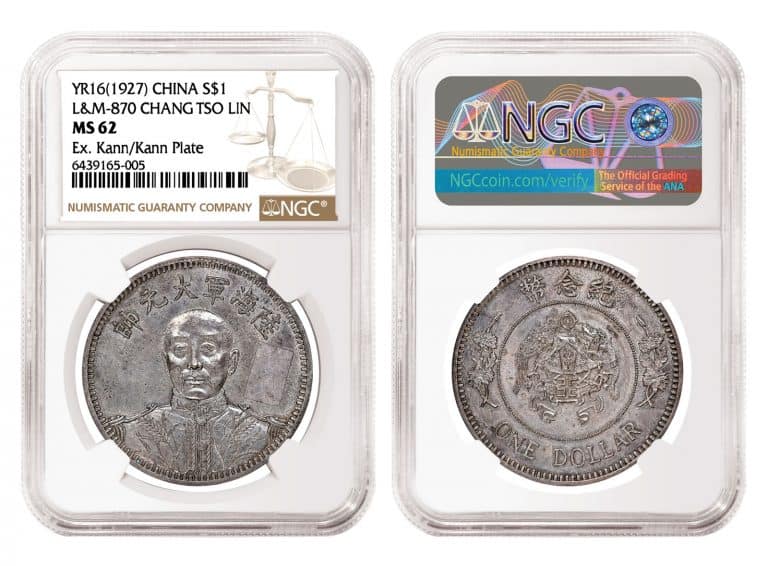
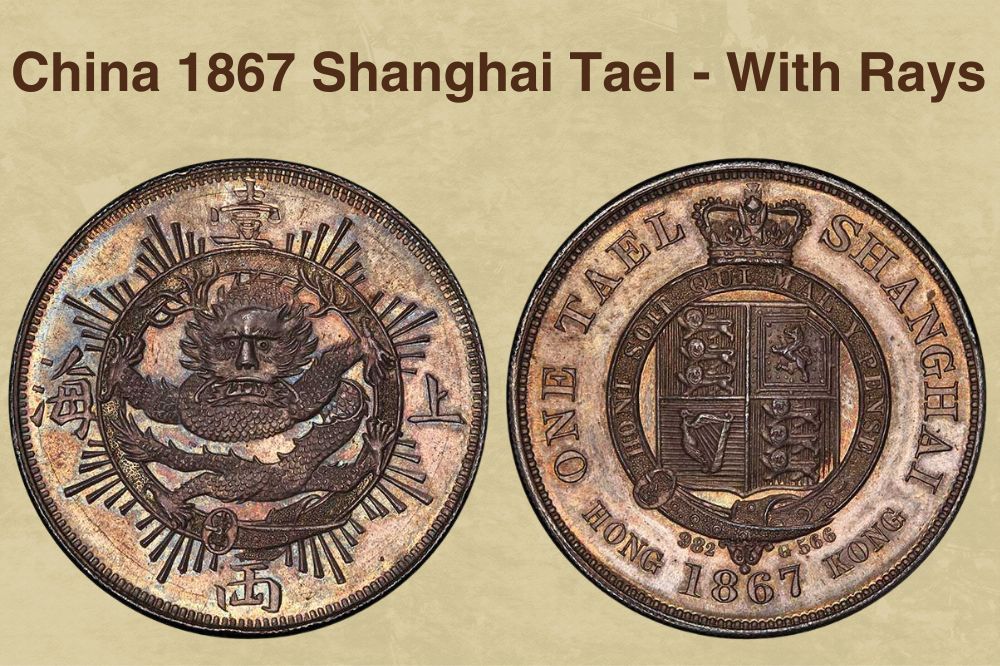
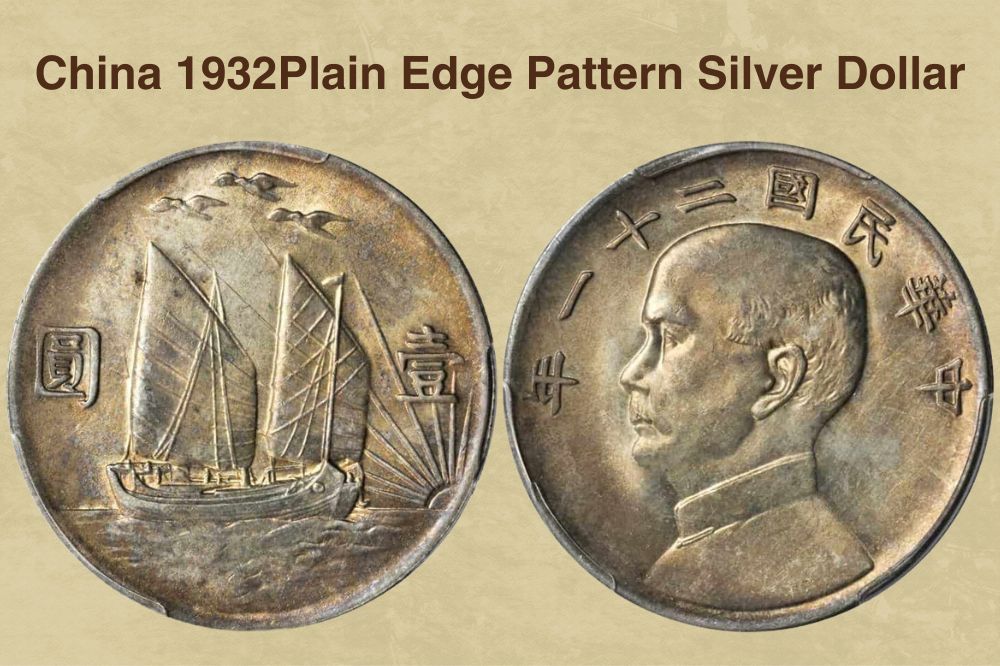
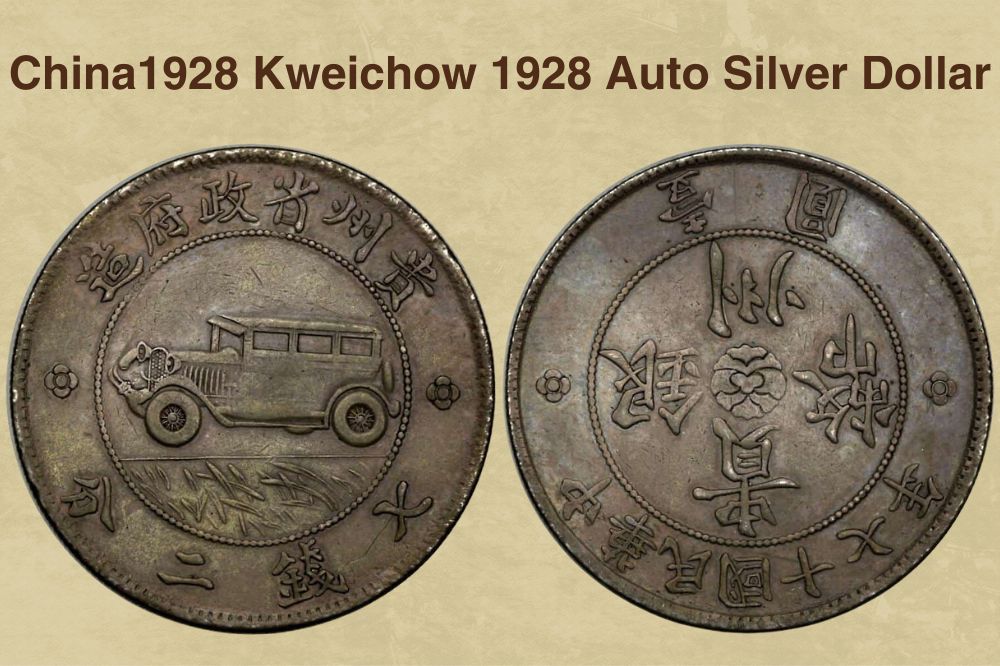
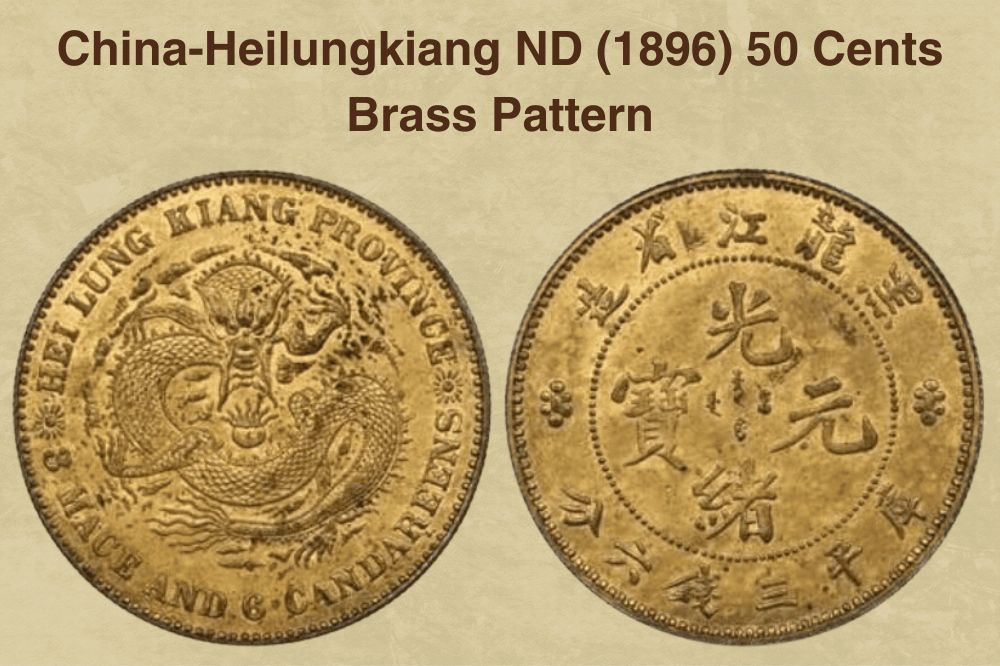
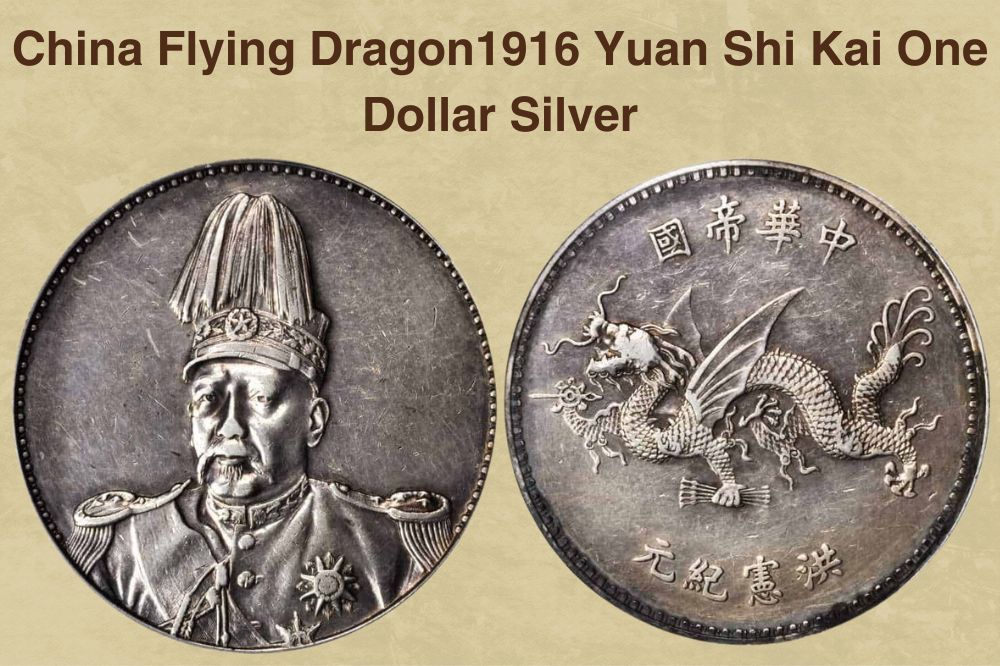
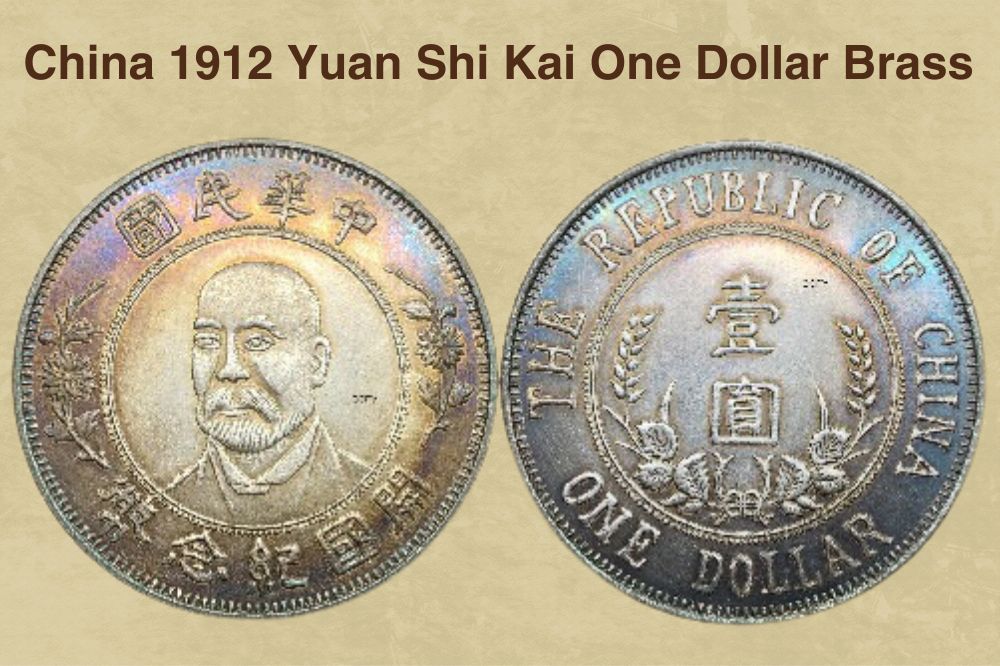
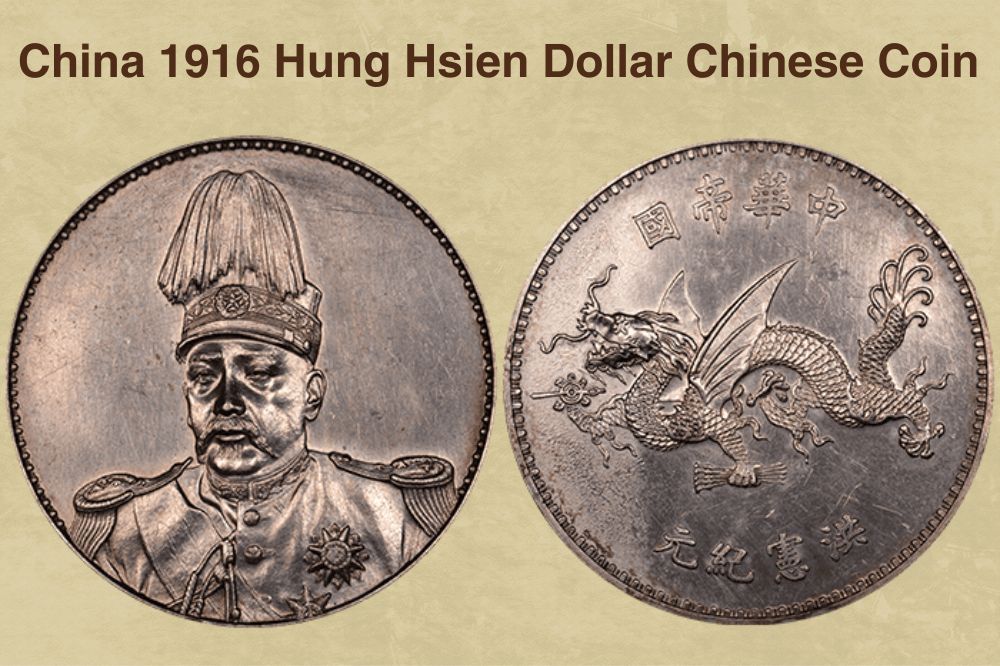
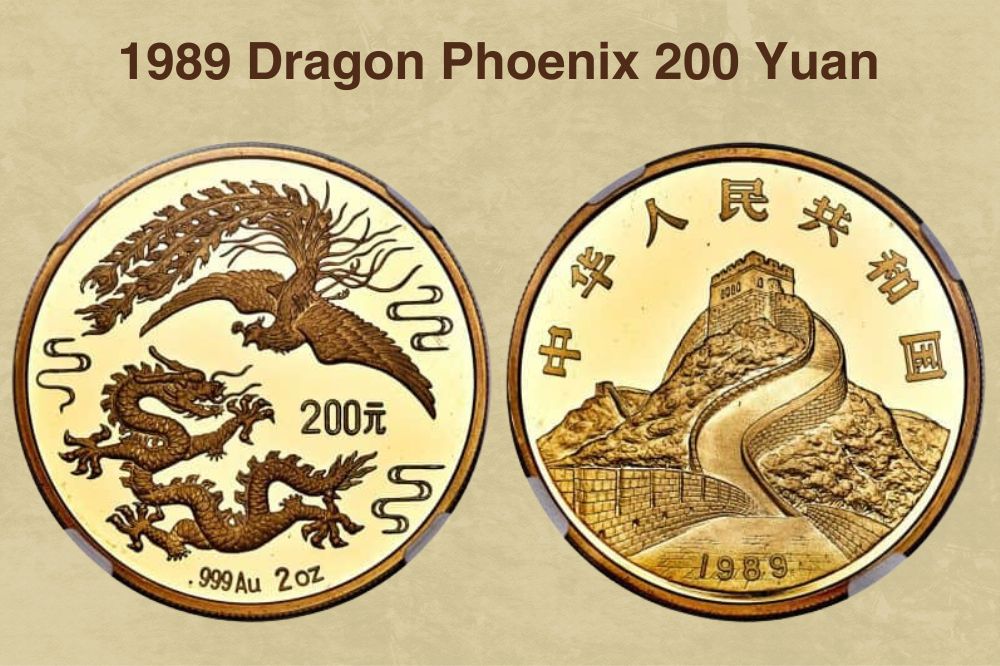
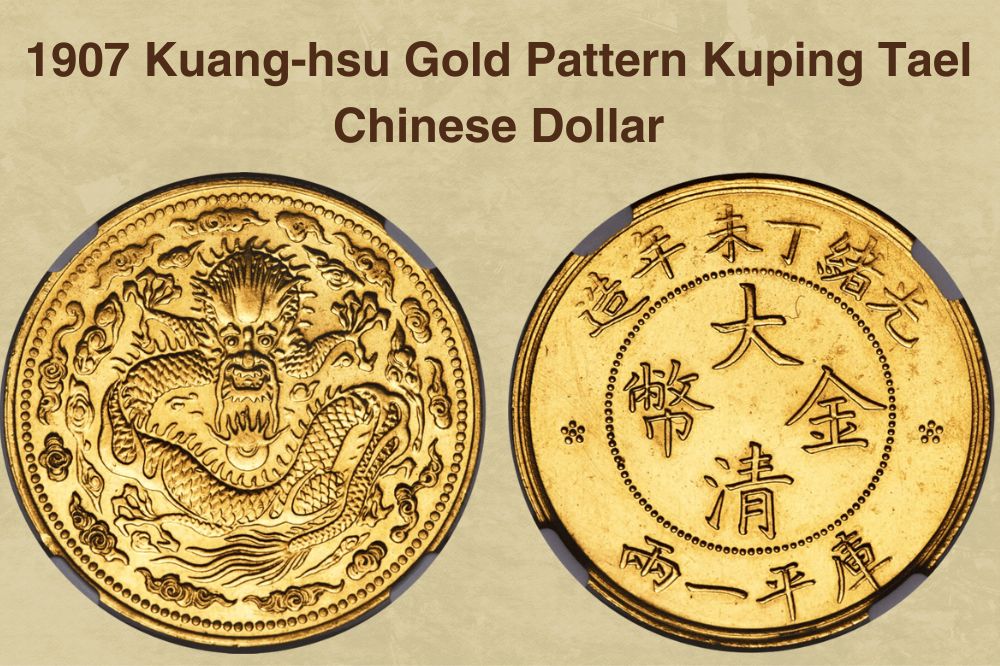
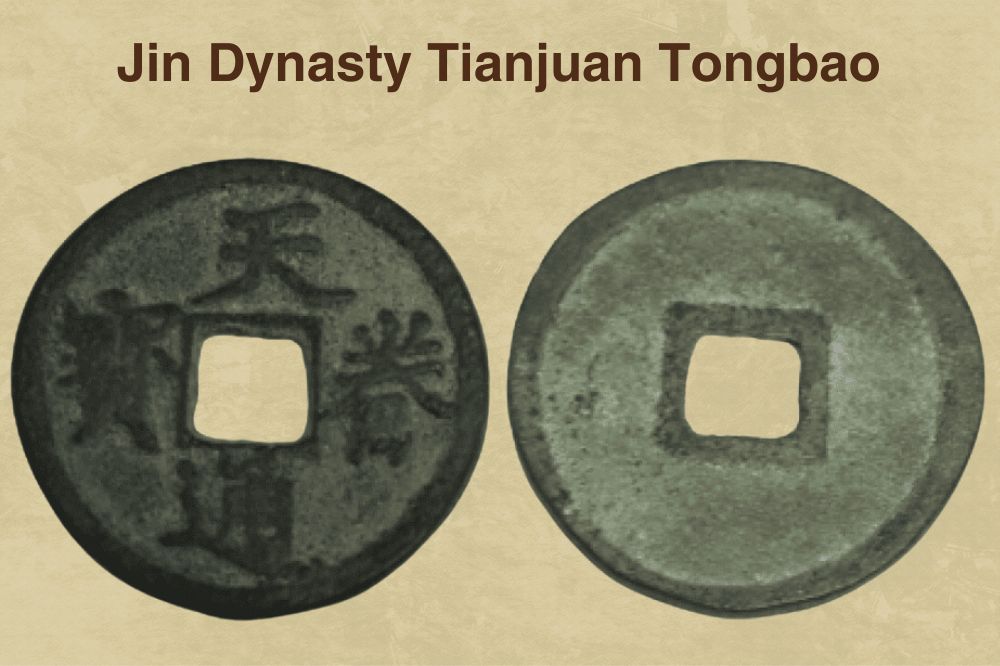
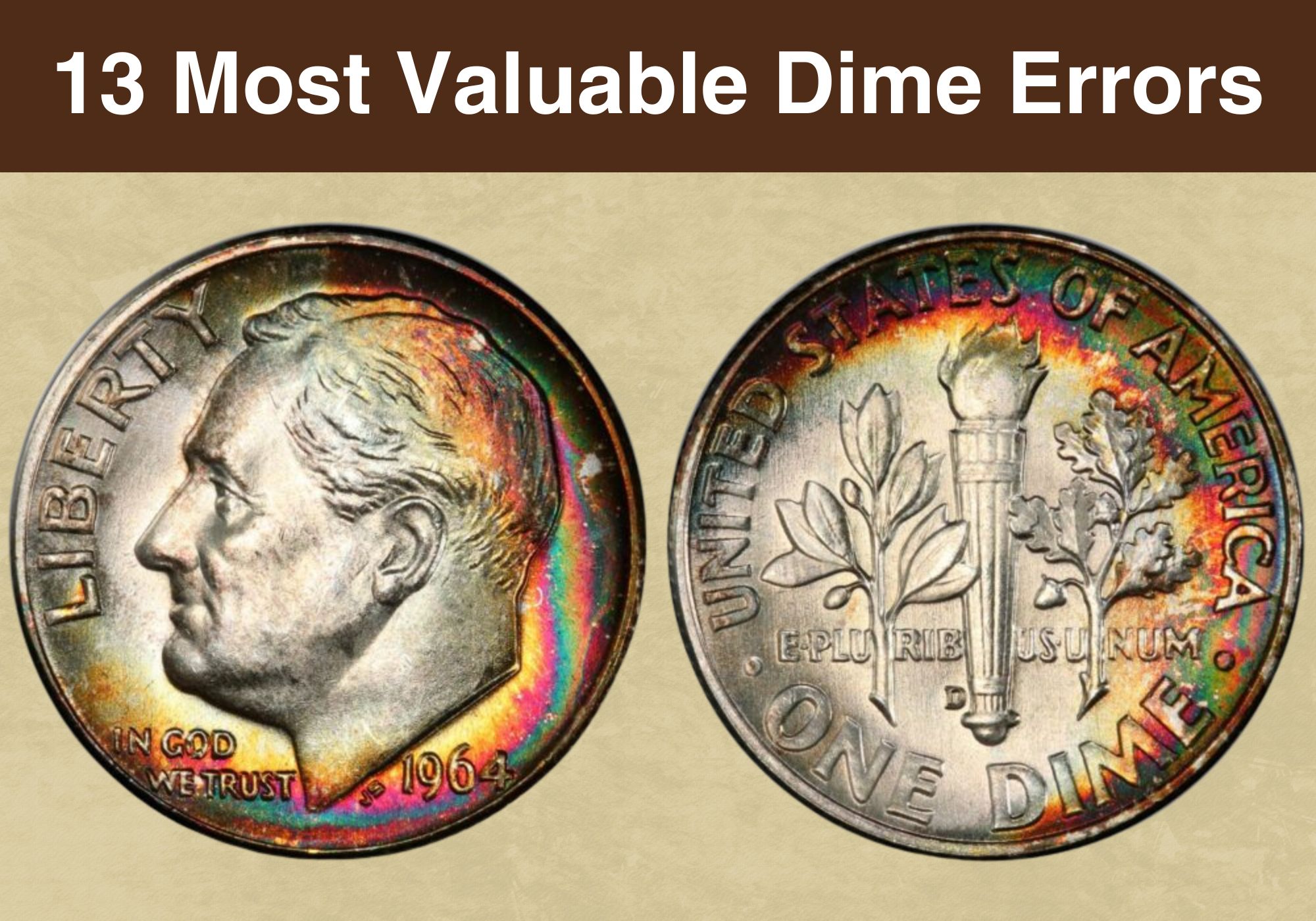
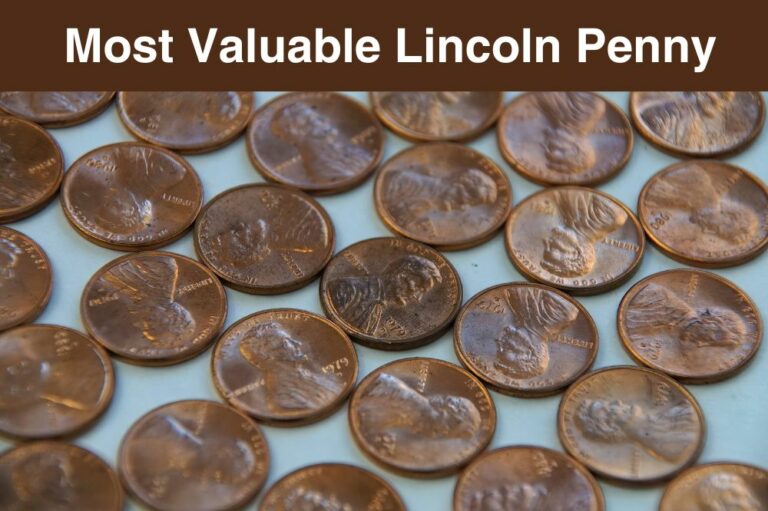
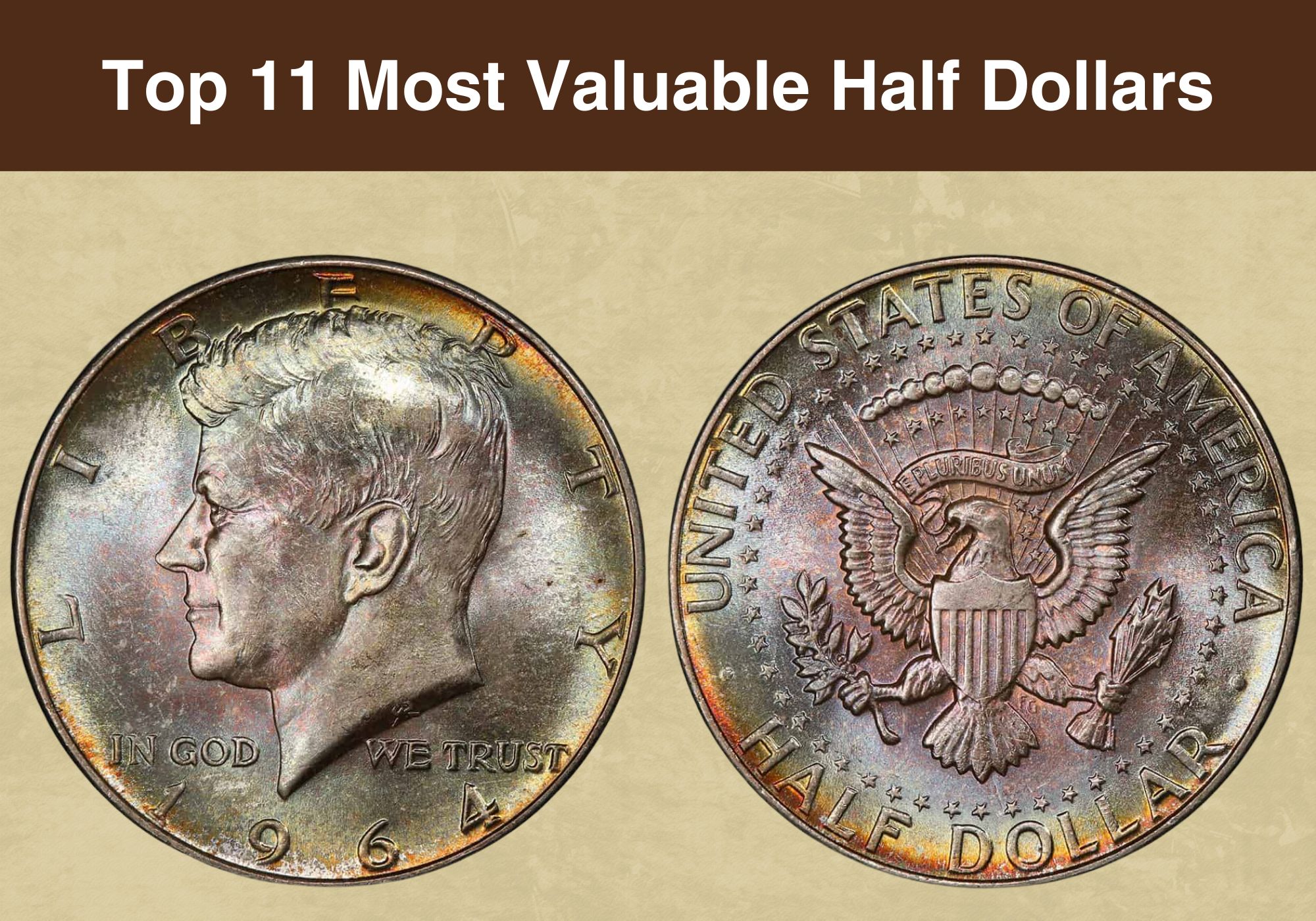
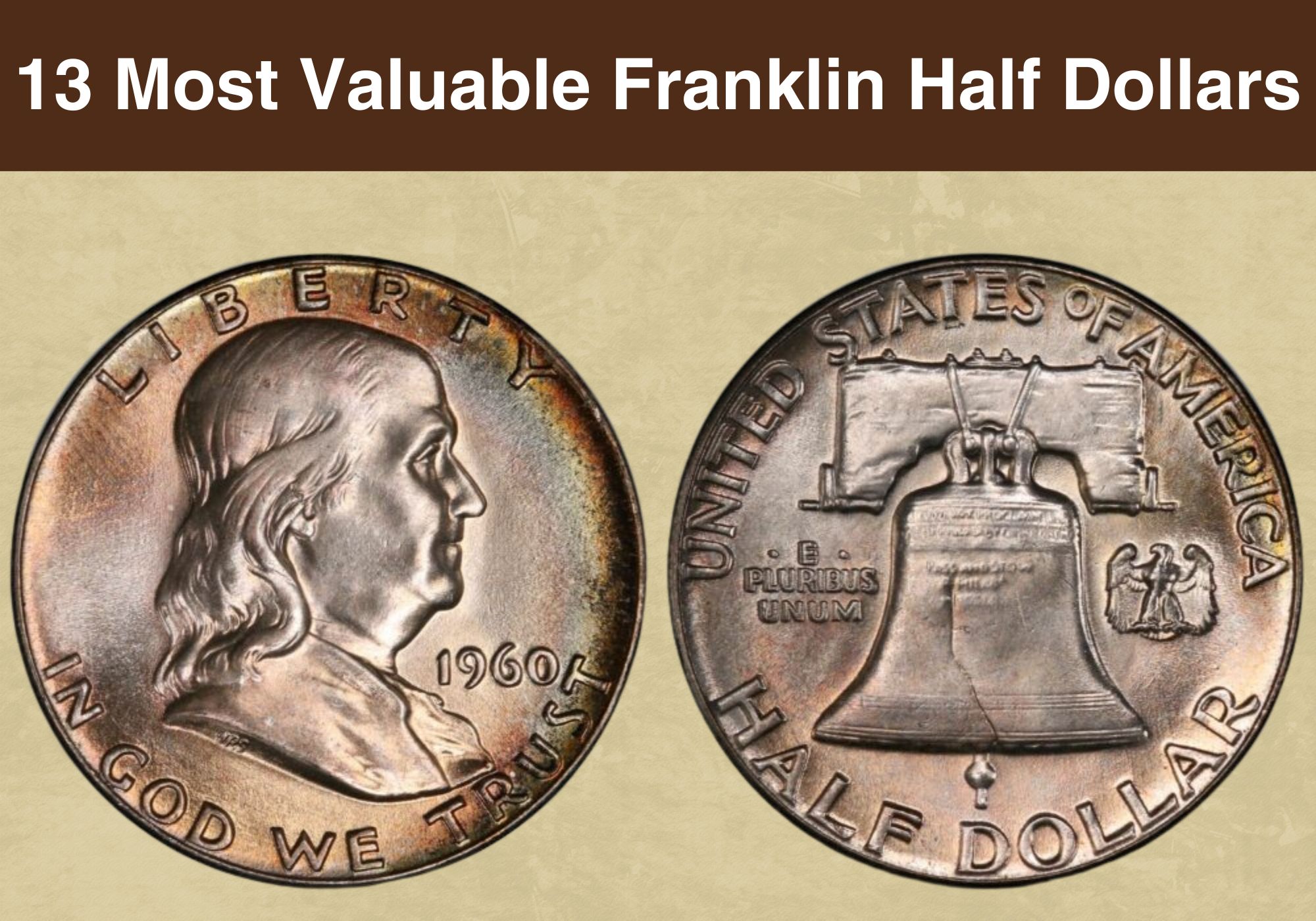
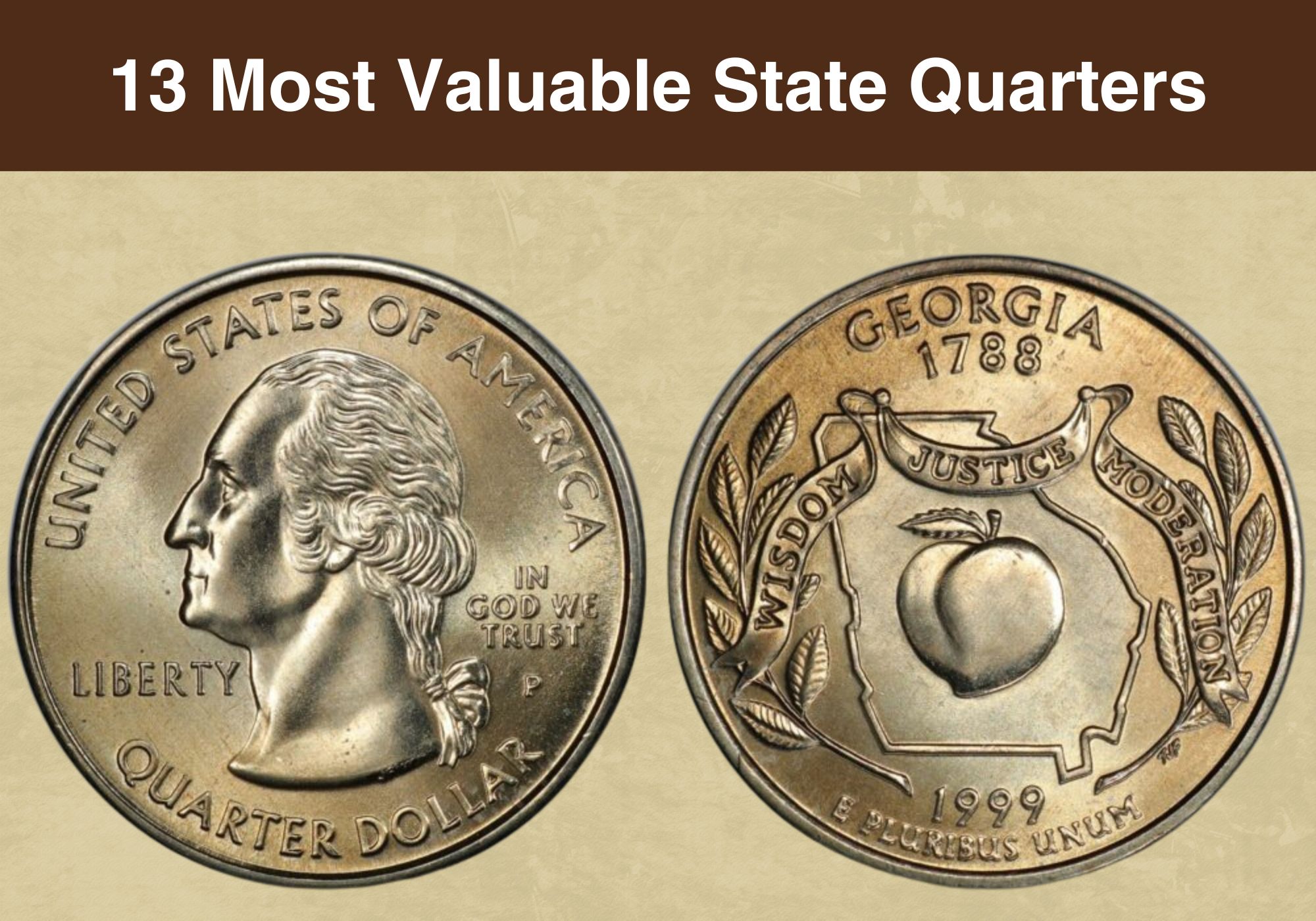
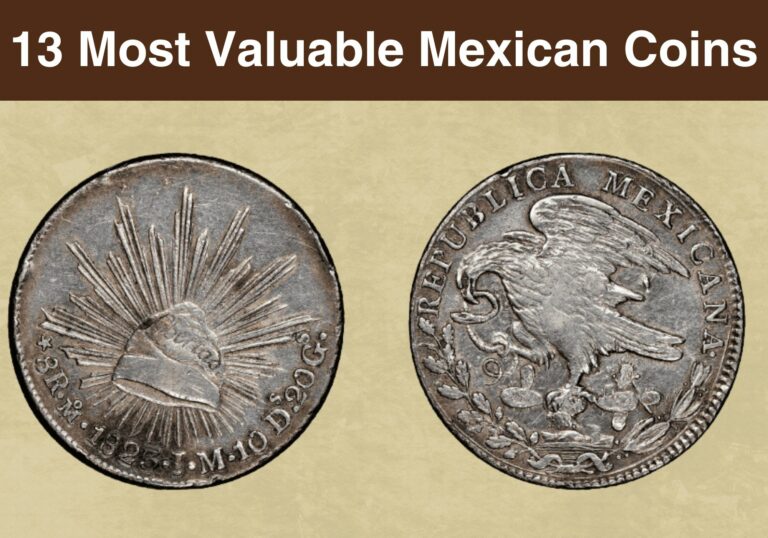
Hi, I’m Charles Ho hailing from Malaysia.
I have a coin listed above as no.6 CHINA FLYING DRAGON 1916 YUAN SHI KAI ONE DOLLAR SILVER.
I’m keen to have this coin evaluated and authenticated with intention to sell.
Can anyone please assist.
Thanks very much.